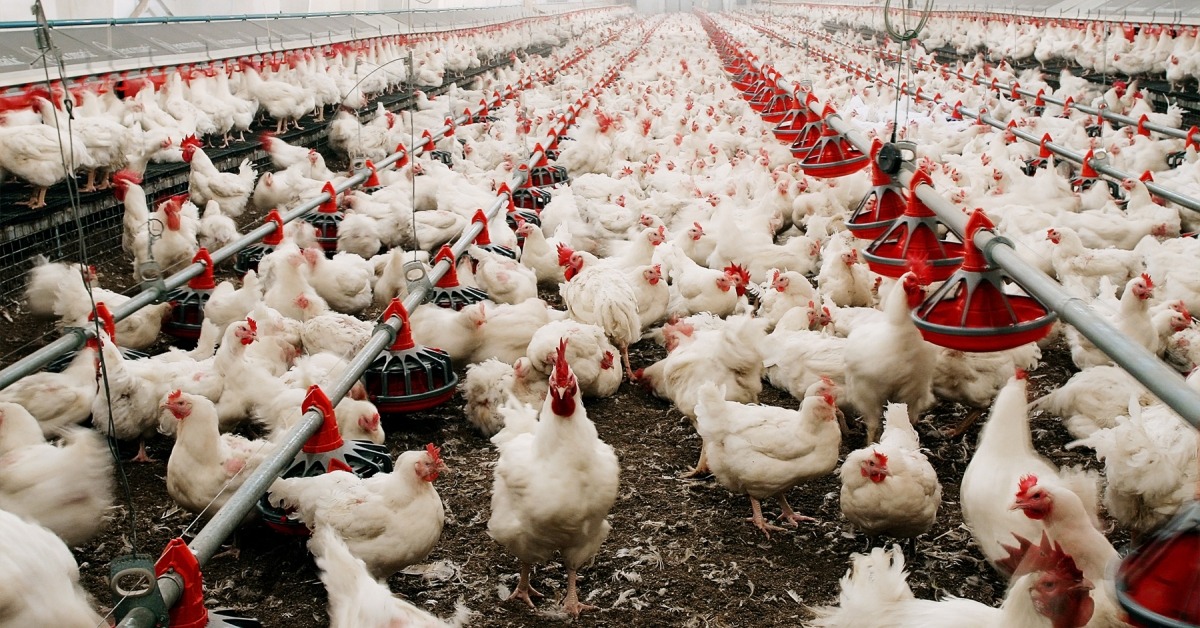Experts are ringing alarm bells over the possibility of a bird flu pandemic, potentially more catastrophic than the COVID-19 crisis, with the H5N1 strain identified as a major concern.
Recent updates from virus researchers have put H5N1 on high alert, suggesting it’s on the verge of sparking a global health emergency. The White House has also expressed concern, stating it’s closely watching the developments around this strain.
The level of worry has intensified following reports of H5N1 infections in various mammals, including cows, cats, and humans, which hints at the virus’s potential mutation into a form more transmissible between humans.

A particularly troubling case involved a dairy farm worker in Texas contracting the virus, alongside reports of affected cattle in multiple states and the death of three cats in Texas due to the virus, according to the Daily Mail.
Leading bird flu researcher Dr. Suresh Kuchipudi highlighted the proximity to a potential pandemic, noting H5N1’s capability to infect a broad spectrum of mammals, including humans.
John Fulton, a pharmaceutical industry consultant, pointed out the severe risk if H5N1 mutates while retaining its high mortality rate, suggesting a scenario far graver than Covid-19. He remarked, “This appears to be 100 times worse than Covid, or it could be if it mutates and maintains its high case fatality rate.”

The World Health Organization places H5N1’s fatality rate at an alarming 52 percent, a figure derived from data since 2003. This rate starkly contrasts with the lower mortality associated with COVID-19, underscoring the grave danger of a widespread H5N1 outbreak. Records since 2020 indicate nearly 30 percent of those infected with a new strain of H5N1 have succumbed to the virus.
In lieu of these developments, the White House and health experts are calling for heightened alertness and preparedness. The administration assures that the health and safety of Americans remain paramount, and ongoing efforts are being made to monitor and manage the bird flu threat effectively.
The economic ramifications of H5N1’s spread are also a concern, particularly for the dairy and poultry sectors. Infected cattle displaying symptoms and the necessity to cull infected birds could disrupt the supply chain, potentially impacting the availability and pricing of milk and eggs. This highlights the multifaceted challenge posed by H5N1 to both public health and the economy.
